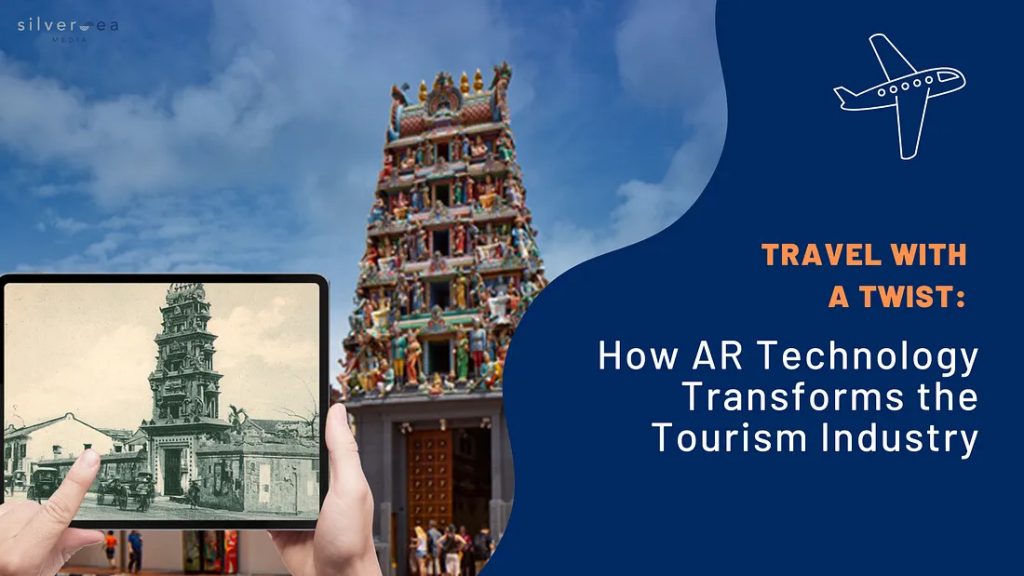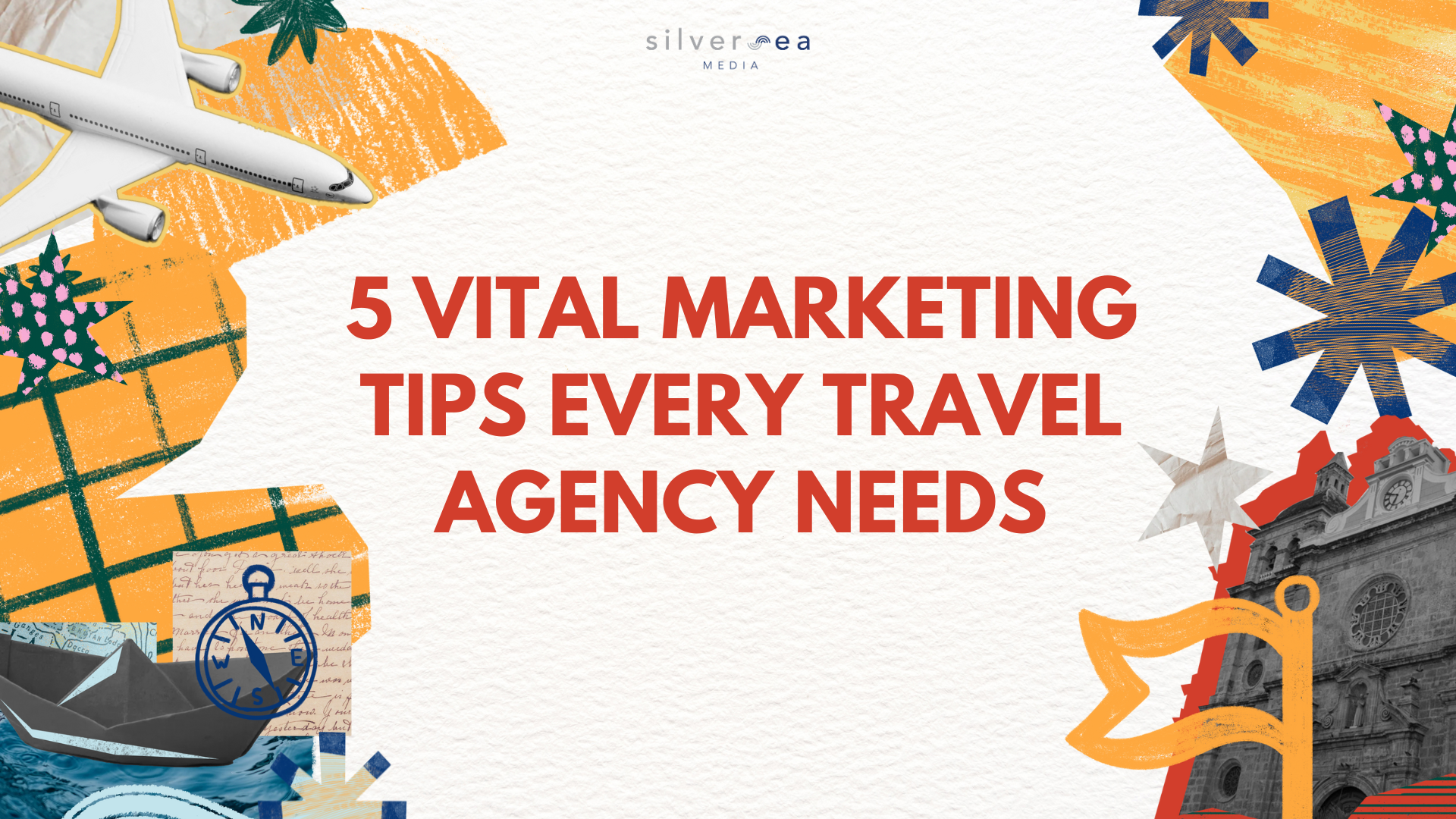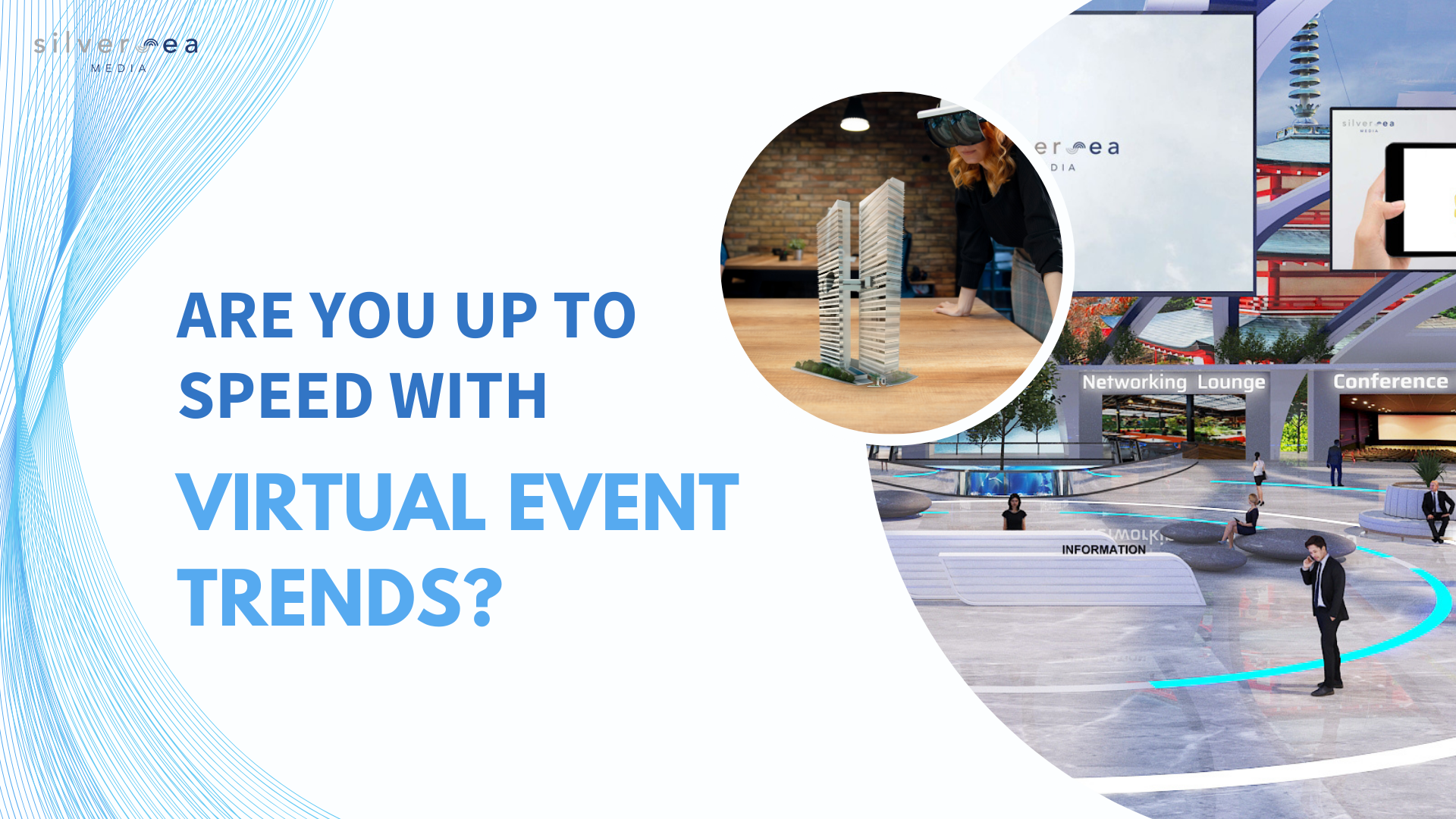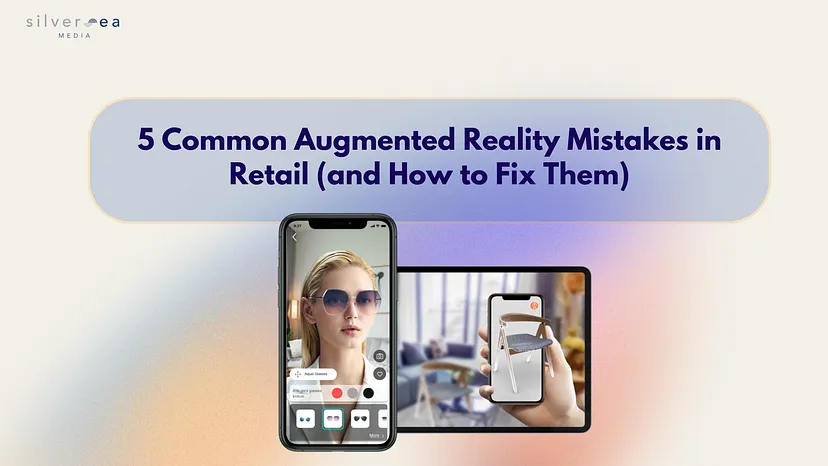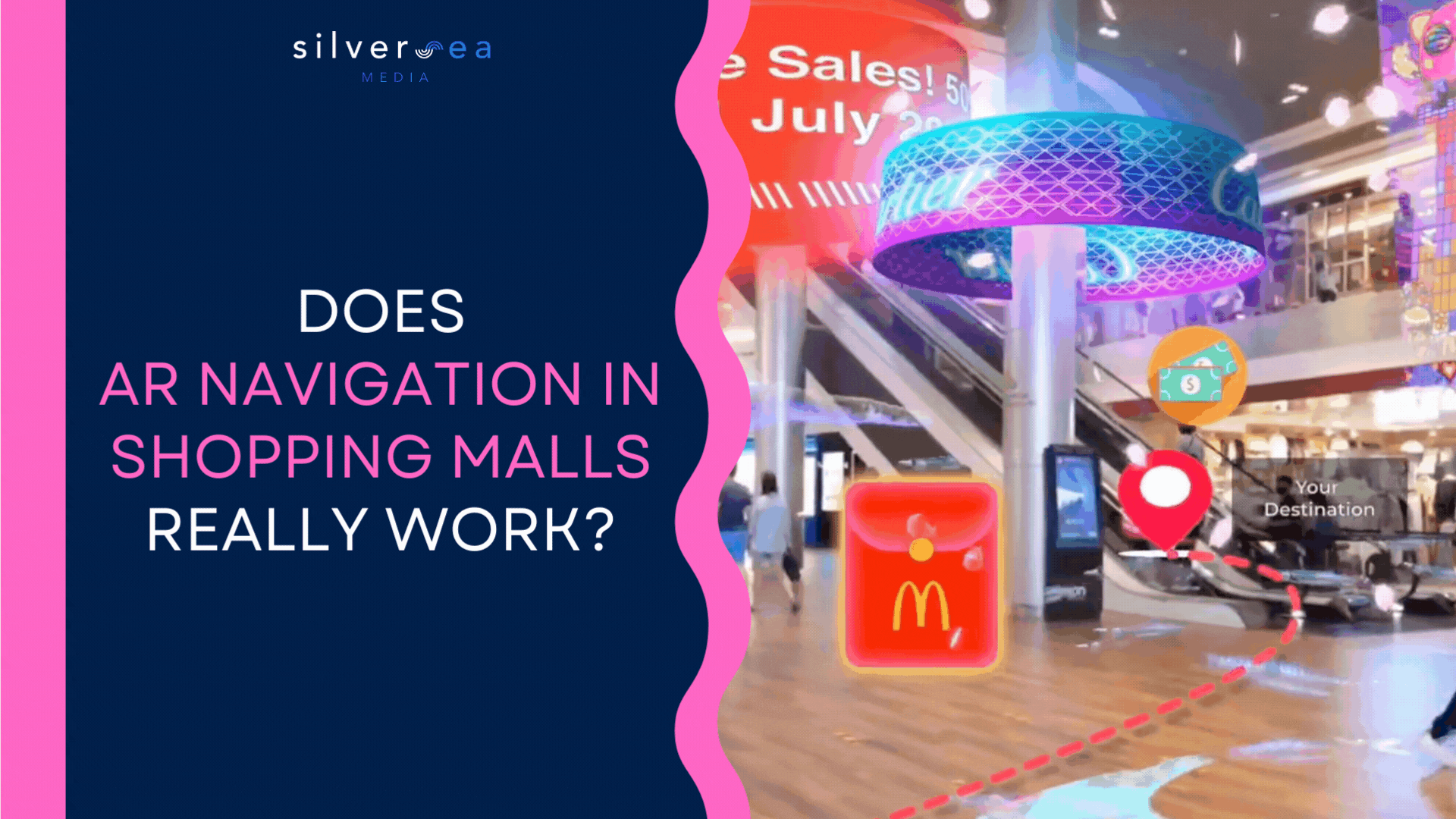Picture this: Exploring the vibrant streets of Tokyo or marveling at the majestic Grand Canyon, all without leaving your home! Sounds incredible, right? Get ready, because virtual reality (VR) and augmented reality (AR) technologies are about to change the game!
Did you know? According to Statista’s data, the virtual reality tourism market worldwide was valued at $5 billion in 2021 and is projected to attain $24 billion by 2027. And research firm Global Market Estimates predict that the augmented reality market will skyrocket to a whopping $4 trillion by 2030! How is this possible, you ask? Well, AR technology overlays virtual objects onto the real world, offering an immersive and fun new way to experience your surroundings, while VR transports you to entirely new environments. Plus, you’ll get access to real-time information, all at the touch of a button on your smartphone or tablet!
As the world immerses further into the metaverse, it becomes evident that these emerging technologies will continue to find application and integration in the travel and tourism industry. The possibilities for AR itself are vast. AR alters travellers’ perceptions of their physical surroundings and provides supplemental tourism experiences and opportunities for interaction. Check out some of these possibilities:
1. AR Wayfinding
With AR wayfinding, you can say goodbye to getting lost in a new environment! Augmented reality overlays digital directions onto the physical world, acting as your personal navigator and making it a breeze to find your way around.

2. AR Games
AR games bring excitement and amusement to travel experiences, offering engaging quests and interactive challenges. These games, such as scavenger hunts and treasure hunts, can also be designed to offer prizes and rewards for completing challenges or achieving certain objectives, adding an extra level of motivation and excitement for players.
3. AR Tour Guides and VR Historical Experiences
Step into a time machine and explore historical sites, cultural landmarks, and tourist attractions with an AR tour guide, where augmented reality creates an immersive and interactive experience that enhances visitors’ understanding and appreciation.

4. AR Advertising
AR advertising is revolutionizing traditional media, such as billboards, turning static advertisements into immersive experiences that capture the attention of passersby. With AR billboards, consumers can engage with branded content in a unique and interactive way, creating a more memorable and enjoyable experience.
5. AR Live Streaming
AR is like a magical portal that blends real-time video streaming and augmented reality, whisking users away to distant locations and offering an interactive and immersive adventure. With AR elements sprinkled throughout the live video feed, users can explore, learn, and interact with their surroundings in exciting new ways.
6. 3D/AR displays and Metaverse Events
Use 3D/AR displays to transport visitors to a whole new world, where they can explore landmarks, exhibits, and attractions in stunning detail and learn about them in an engaging and informative way. These interactive displays are perfect for both on-site and off-site applications. Additionally, there are now ways of incorporating metaverse events into a fun virtual tourism campaign infused with gamification and social elements.
AR has made it possible for tourists to connect with destinations and cultures in new and exciting ways. From AR tour guides and scavenger hunts to 3D/AR displays and metaverse events, the possibilities of AR in tourism are endless. As technology advances, it will be exciting to see how AR will further evolve and innovate the tourism industry, making travel experiences more accessible, engaging, and unforgettable than ever before.
Learn more about how you can integrate AR into your tourism business with Silversea Media: https://silversea-media.my/contact-us/

